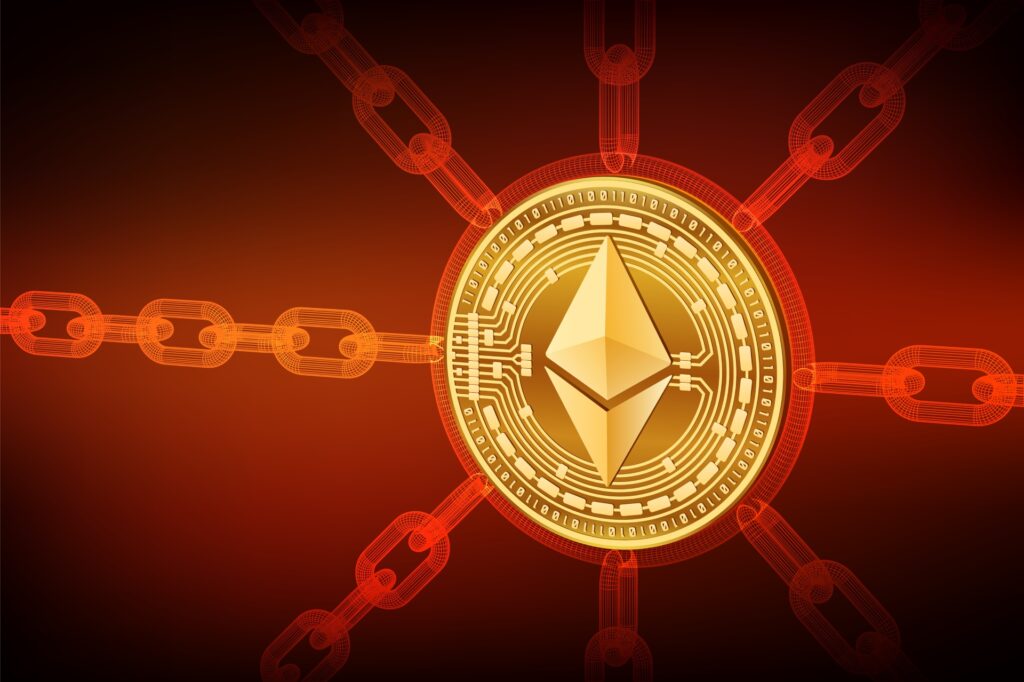In this fast-paced field of investment in crypto, conducting the research you need to do is vital. One of the greatest ways to evaluate a product is its whitepaper, which defines the goal of the project as well as the technology and plan of action. The ability to read whitepapers will help you make well-informed investment choices and possibly stay clear of scams. This is a complete guide for studying crypto whitepapers like a professional.
Table of Contents
- 1 Why Whitepapers Matter
- 2 Key Sections to Focus On
- 3 1. Executive Summary
- 4 2. Technical Framework
- 5 3. Tokenomics
- 6 4. Team and Advisors
- 7 5. Roadmap and Milestones
- 8 Red Flags to Watch For Plagiarism
- 9 Unrealistic Promises
- 10 Poor Writing and Presentation
- 11 Mathematical Inconsistencies
- 12 Lack of Technical Detail
- 13 Tools for Deeper Analysis
- 14 Cross-References to Code Repositories
- 15 Community Engagement
- 16 Independent Reviews
- 17 Creating Your Evaluation Framework
- 18 Conclusion
Why Whitepapers Matter
A whitepaper is the fundamental document needed for a cryptocurrency venture. It is a crucial document that contains information on:
- The challenge the project is trying to address
- The solution that is proposed is a technical one
- Distribution and Tokenomics
- Expertise and background of the team
- Development timeline
- Potential applications and use cases
The knowledge you gain from this will give you an understanding of an idea’s feasibility, value, and reliability before you decide to invest.
Key Sections to Focus On
1. Executive Summary
The first step is to create an executive overview that clearly explains the purpose of the project and its value argument. Consider:
- Are you able to determine if the project is solving an actual issue?
- Does the technology used in this solution have any merit, or is it just a copycatting of technology?
- Does the summary convey the idea clearly and without unnecessary language?
Any legitimate construction project must be able to provide a concise, clear outline of what’s being built and the reason why it’s important.
2. Technical Framework
The technical portion explains how the project operates. Find:
- A detailed explanation of the fundamental technology
- A clear description of the mechanism for consensus
- Security protocols and security measures
- Considerations regarding scalability
- Diagrams of technical aspects and flowcharts
Some red flags are unclear technical descriptions, unsubstantiated claims, or explanations that do not follow logically.
3. Tokenomics
This crucial section describes how tokens of the project function in the context of its ecosystem
- Strategy for distribution and supply
- Utility tokens and cases of use
- Vesting schedules
- Mechanisms of inflation and deflation
- Revenue models
Avoid projects that offer an excessive allocation of tokens to the founders or team or unclear token value.
4. Team and Advisors
Examine the motivations of the individuals who are behind the project.
- The backgrounds of the members of the research team, as well as their expertise
- Check the authenticity of their LinkedIn profiles and their previous work
- Find out if advisors are associated with the project
- You should look for experience relevant to the fields of finance, blockchain, or the sector that they’re aiming at
Teams that are not anonymous should be approached with extreme care.
5. Roadmap and Milestones
An authentic project should have realistic timelines for development:
- Are they specific, and are they measurable?
- Is the timeline feasible?
- Did they reach any prior landmarks?
- Do you have a vision of long-term growth?
The overly ambitious timeframes could indicate unfounded expectations or false promises.
Red Flags to Watch For Plagiarism
Compare portions of the whitepaper to similar projects. Copying content implies the lack of originality, as well as the possibility of deceit.
Unrealistic Promises
Be wary of companies that claim that they can revolutionize industries in a matter of hours or claim to provide a significant return.
Poor Writing and Presentation
Inconsistent formatting, grammar errors, or a sloppy style of presentation could be a sign of a lack of professionalism and attention to detail.
Mathematical Inconsistencies
Make sure that the mathematics in the tokenomics section is correct. Any discrepancies may indicate negligence or deliberate fraud.
Lack of Technical Detail
The legitimate projects should describe how their technology operates. Inconsistent descriptions hidden under a lot of terminology could be hiding an absence of content.
Tools for Deeper Analysis
Cross-References to Code Repositories
Make sure the project has an open GitHub (or equivalent) repository:
- Is code currently being made?
- What is the number of contributors?
- Are issues being addressed?
- Does the code conform to the whitepaper’s assertions?
Community Engagement
Examine the community that is part of the project
- Are team members responsive to questions?
- Does there seem to be a meaningful discussion on technology being held?
- Do concerns get addressed transparently?
Independent Reviews
Find analysis from highly respected industry leaders or websites that focus on reviewing projects.
Creating Your Evaluation Framework
Establish a system for whitepaper analysis
- Develop a scoring system that can be used for diverse areas (technology and teamwork, and tokenomics, for example).
- Compare different projects in the same group
- Note down your strengths and weaknesses.
- Make a list of your inquiries for future research
Conclusion
The process of reading crypto whitepapers is an art form and a scientific process. The technical background is beneficial, but even novices can detect warning signs with attentiveness. The most crucial skill is critical thinking. Question claims, make sure you verify the information and do not be fooled by claims or jargon that is confusing.
Keep in mind that even the best and best-looking whitepaper does not guarantee that it will succeed. Consider whitepaper analysis as an integral element of your due diligence system, in conjunction with the analysis of market trends, team research, as well as technology assessment.
If you take the time to take the time to read and review whitepapers, you’ll get a better understanding of the cryptocurrency landscape, and be able to make more informed investments.














